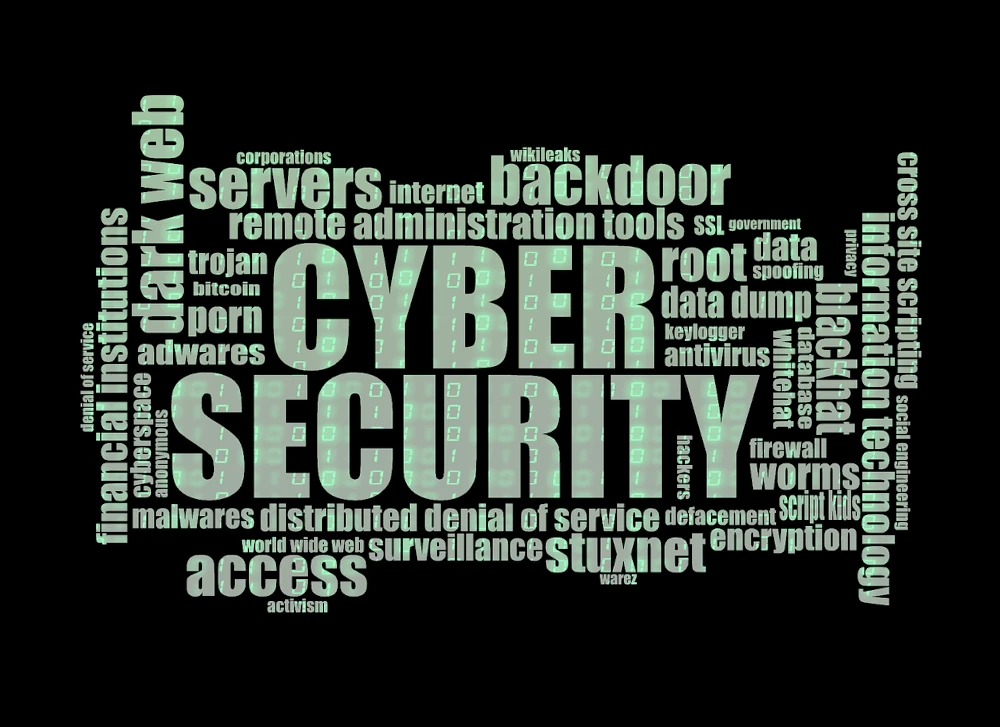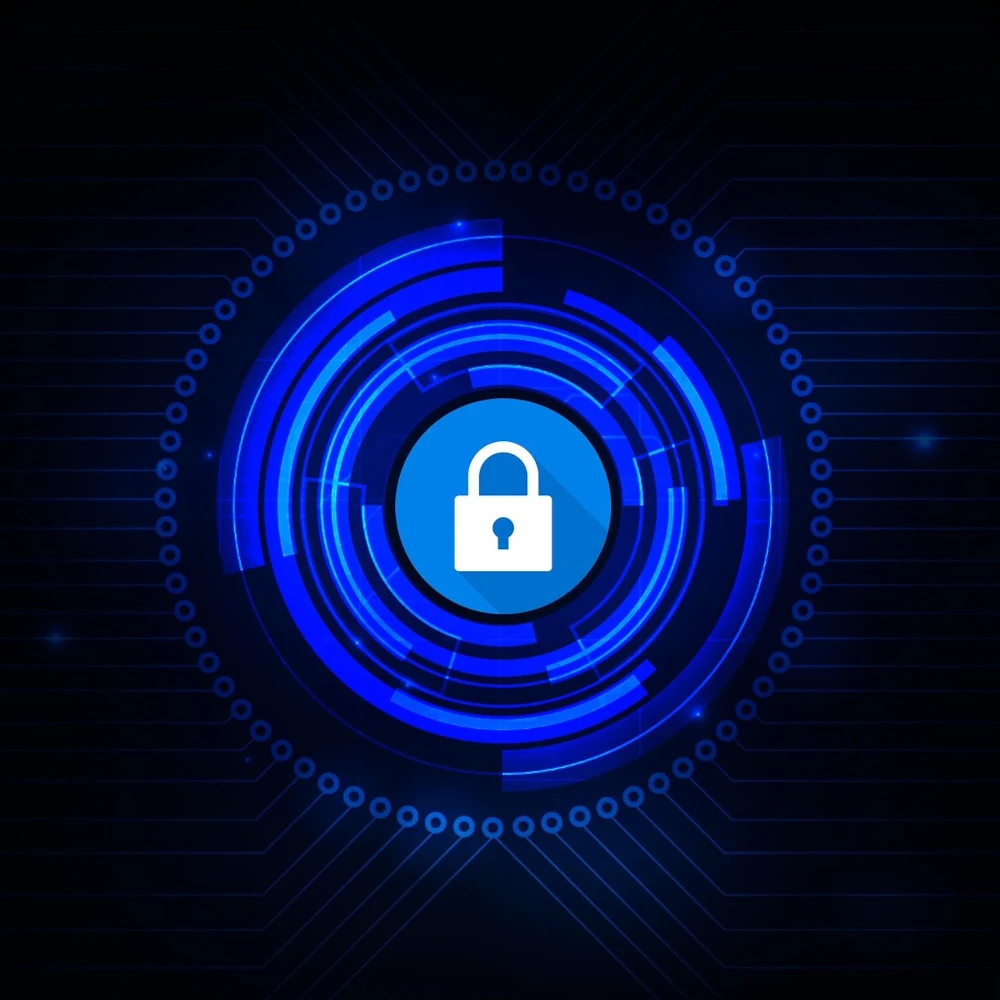In today’s digital landscape, you must prioritize a robust cybersecurity strategy. Secure Access Service Edge (SASE) is revolutionizing how you protect your network infrastructure. By combining network security functions with WAN capabilities, SASE ensures a unified, secure access model. Dive into this blog post to understand how SASE can fortify your cybersecurity posture and safeguard your digital assets.

Network and Security Consolidation
SASE enhances cybersecurity strategies by integrating network and security functions into a unified framework. This consolidation simplifies network management and fortifies security, as all data traffic is subjected to consistent security policies regardless of its source or destination. You can Protect Your Perimeter with SASE Framework by leveraging cloud-native architectures. It offers scalable, agile solutions that adapt to evolving threats and business needs. This holistic approach eliminates the silos between networking and security, ensuring comprehensive protection across all access points.
Furthermore, SASE supports zero-trust principles, verifying all users and devices before granting access, thus mitigating the risk of unauthorized intrusions. With SASE, organizations benefit from improved visibility, reduced complexity, and enhanced security posture, all essential components for robust cybersecurity in the modern digital landscape.
Enhanced Performance
SASE enhances cybersecurity strategies by optimizing performance through intelligent traffic routing and reduced latency. By converging network and security services into a single cloud-based service, SASE allows for streamlined data flows, eliminating the need for backhauling traffic to central data centers. This direct-to-cloud model minimizes latency, offering faster access to applications and resources.
What’s more, SASE’s integration of advanced technologies like WAN optimization, content caching, and intelligent path selection ensures efficient use of network resources. Enhanced performance results in quicker, more responsive security enforcement, crucial for thwarting real-time cyber threats. Overall, SASE’s performance optimization not only boosts user experience but also underpins a more resilient and agile cybersecurity framework, capable of swiftly adapting to the dynamic needs of modern digital environments.
Comprehensive Threat Protection
With all its advantages, modern tech also comes with various threats that you have to be aware of. These are the following:

- Phishing attacks
- Ransomware
- Malware
- Advanced persistent threats
- Denial of service attacks
- Distributed denial of service attacks
- Insider threats
- Man-in-the middle attacks
- Zero-day exploits
- IoT and smart device vulnerabilities
- Credential stuffing
- Social engineering
- Cloud security threats
- Cryptojacking
- Supply chain attacks
- Data breaches
SASE consolidates multiple security functions such as secure web gateways, firewalls, and zero-trust network access into a unified platform. This approach ensures consistent policy enforcement across all access points, significantly reducing the risk of threats like malware, ransomware, phishing, and data breaches, while also improving visibility and control over network traffic and user activities.
Zero Trust Network Access
Unlike traditional security models that implicitly trust users within the network perimeter, ZTNA operates on the principle of “never trust, always verify.” SASE employs ZTNA to authenticate and authorize every user and device attempting to access network resources. This verification process continuously monitors and re-evaluates trust levels, ensuring robust protection against unauthorized access.
By employing ZTNA, SASE provides dynamic and granular access controls, mitigating risks of insider threats, credential theft, and lateral movement within the network. Ultimately, ZTNA integrated within SASE frameworks ensures a higher level of security and trust, critical in today’s complex and distributed IT environments.
Scalability and Flexibility
SASE enhances cybersecurity strategies by enabling scalability and flexibility through its cloud-native architecture. It allows organizations to scale their security measures as their network grows, without the need for significant hardware investments or complex configurations. This adaptability is crucial for businesses experiencing rapid expansion or seasonal fluctuations in demand.
Moreover, SASE offers flexible policy enforcement and real-time adjustments, accommodating evolving threats and business requirements. By integrating multiple security functions into a single, manageable platform, SASE reduces complexity and operational overhead, facilitating swift deployment and easier management of security protocols. Ultimately, SASE empowers companies to respond dynamically to changing conditions, ensuring continuous protection and operational efficiency.
Improved Visibility and Control
SASE significantly improves visibility and control over network traffic and user activities. By consolidating security functions into a single platform, SASE provides centralized management and monitoring capabilities. This unification allows for a comprehensive view of the entire network, making it easier to identify and respond to potential threats in real time.
Advanced analytics and machine learning can be applied to monitor network anomalies, user behavior, and potential security incidents effectively. Further, SASE enables granular policy enforcement, ensuring that security protocols are consistently applied across all access points, whether on-premises or in the cloud. This increased visibility and control are crucial for maintaining robust security postures, enabling swift detection and mitigation of cyber threats, and ensuring compliance with regulatory requirements.
In conclusion, embracing SASE in your cybersecurity strategy offers transformative benefits. By unifying network and security functions, enhancing performance, and ensuring comprehensive threat protection, SASE provides robust and scalable solutions. Leverage its capabilities for improved visibility, control, and a zero-trust approach to secure your digital assets in an ever-evolving threat landscape.


